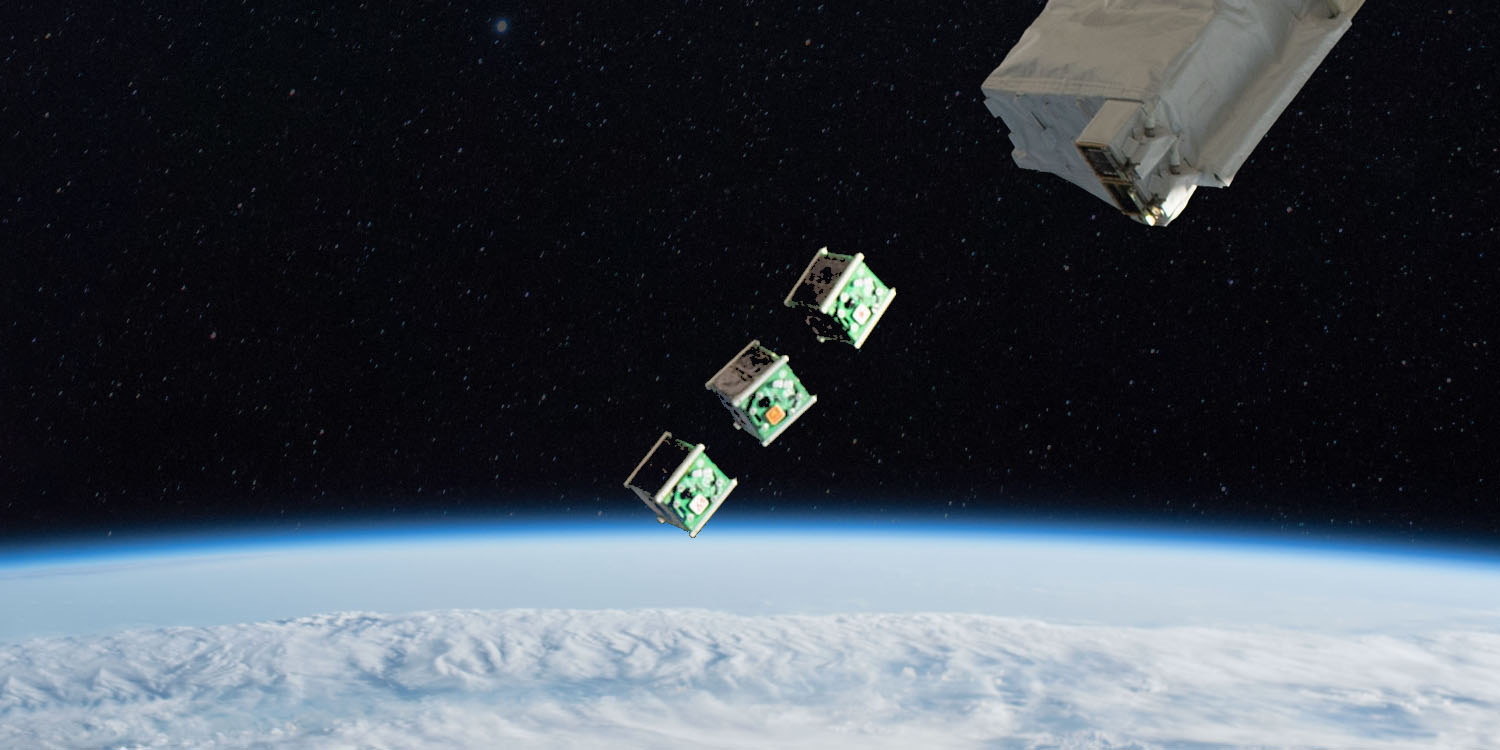Satellites Get a Boost
Space Force Grant Supports UTSI Micro-Propulsion Work
Common notions of space satellites might evoke images of Sputnik, but the future of space exploration might be a little smaller—around one to 10 kilograms. Nanosatellites, or CubeSats, offer a more accessible, affordable way to explore space when compared to traditional satellites. In the last five years, the market has grown over 200 percent.
However, current models do not have propulsion thrusters, an issue that could lead to potential issues like collisions and the creation of space debris.
That could soon change, as the United States Space Force recently awarded a Small Business Technology Transfer (STTR) grant to University of Tennessee Space Institute (UTSI) and NearSpace Launch (NSL) during its first-ever round of funding. This award will allow UTSI and NSL to conduct a feasibility study of Black Box-MCAT, an integration of NSL’s Black Box EyeStar communications systems technology with UTSI’s µSTAMPS Thruster technology.
“To me, the impact of successful demonstration of these systems is opening up the door to a revolution in the way we approach space applications,” said Research Assistant Professor Trevor Moeller, who also serves as UTSI graduate programs director. “It’s really exciting to have a successful proposal on the first round of Space Force funding. It allows us to show the sponsor that the concept will work and deserves further development that would occur in Phase II.”
Pronounced MicroStamps, µSTAMPS is a patent-pending electric micro-propulsion technology developed by Moeller and Research Assistant Professor Lino Costa. Black Box, created by NSL, attaches to CubeSats to provide an independent live feed of diagnostics and telemetry for mission success, risk mitigation and space debris.
Combining UTSI’s novel propulsion system with NSL’s Black Box technology on CubeSats should allow for precise control, positioning and correction of orbit, and potentially extend mission lifetime.
“The impact of this work has great potential because CubeSats are having a huge impact on the way we access and use space,” said Costa. “When you fuse technologies like what NSL has and UTSI is developing, you can address new issues, whether that is Internet of Things, national security or space debris. The potential applications and impact from merging these two technologies can be very significant. Trevor and I are thrilled to be part of this proposal with NSL.”
Four years ago, Moeller and Costa began developing their novel microthruster technology. The UT Research Foundation has played a key role supporting them, including filing a pair of patent applications, supporting them with Maturation Grant funding for 2022, and connecting them with Matt Voss, chief operating officer at NSL.
If successful, their work could eventually lead to a demonstration flight in orbit in the next phase.
